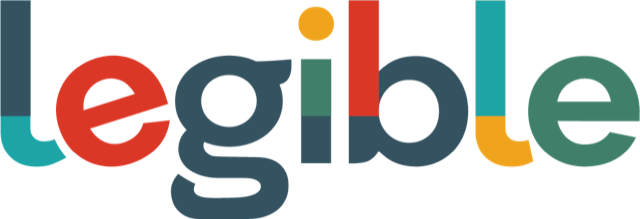WCAG Current and Future Work
Presenter: Chuck Adams
Updates from the Accessibility Guidelines Working Group
Transcript
Hi, I'm Chuck Adams of Oracle and today I'll be discussing Web Content Accessibility Guidelines Current and Future Work.
I'm co-chair to the Accessibility Guidelines Working Group and I'm joined by fellow co-chairs Alastair Campbell, Rachael Montgomery and our staff contact Michael Cooper.
The topics that I'll be discussing in this presentation are a brief introduction to the Accessibility Guidelines Working Group which I will henceforth refer to as AG WG, the task forces which report up to AG WG and then the Web Content Accessibility Guidelines themselves which I will henceforth refer to as WCAG.
I'll cover a brief background and status of WCAG 2 and specifically cover WCAG 2.1, WCAG 2.2 and WCAG 3.0, its background and status.
The mission of AG WG is to develop specifications to support making implementations of web technologies accessible for people with disabilities and to develop and maintain implementation support materials.
AG WG produced three versions of WCAG, versions 1.0, 2.0 and 2.1 and work is underway on WCAG versions 2.2 and 3.0.
There are three task forces which produce guideline content for AG WG and those are the Cognitive and Learning Disabilities Accessibility Task Force, the Mobile Accessibility Task Force and the Low Vision Accessibility Task Force.
There are two other task forces that report up to AG WG, the Accessibility Conformance Testing or ACT Task Force which is producing rules for WCAG 2.2 and WCAG 3.0 and the Silver Task Force which is developing work on WCAG 3.0.
WCAG 2.0 was finalized in 2008.
It's been designed to be technology-neutral, meaning that these standards were applicable regardless of which technologies were used to build websites.
It's been developed to be future-proof, meaning that the standards would be applicable regardless of how various technologies might evolve.
It's testable, meaning that it's possible to determine if the sites have met the guidelines without any ambiguity whatsoever.
It applies to all websites.
The W3C uses a multi-stakeholder development model for developing its standards which was critical for the successful development of the guidelines as multiple points of view were represented during the development of these guidelines.
WCAG 2.0 also introduced a strict conformance model which allowed the guidelines to be referenced by governments and standards of various organizations.
We realized that there was still many needs of users who were not met and in 2016 work began on creating version 2.1 to add new success criteria to the WCAG standards.
The priority of this work was elevated because of other efforts worldwide and work completed on WCAG 2.1 in June 2018.
17 new success criteria were added from over 70 initially proposed.
An additional year was spent completing the understanding and techniques documents of these new success criteria.
Shortly after the release of WCAG 2.1, work began on WCAG 2.2 which includes success criteria that were considered important for WCAG 2.1, but could not be included in that version.
Fewer success criteria have been added as AG WG has adopted Agile principles for developing new standards and the quality of deliverables improves by way of developing understanding documents and techniques earlier in the development process.
As of August 2020, the Working Group has completed consideration of potential new success criteria and has published the candidate success criteria for wide review.
The newest version of W3C Accessibility Guidelines or WCAG 3.0 was formerly codenamed Silver.
The Silver Task Force has spent most of 2020 developing content and a new conformance model for the first public working draft of WCAG 3.0.
The goals for WCAG 3.0 are to update guidelines to better address user needs and accommodate new technologies, to incorporate tool guidance with authoring guidance to avoid the accessibility support challenge of WCAG 2, to define clearer testing procedures that allow for multiple approaches and to meet the needs of policies and simultaneously provide more frequent updates than were provided for WCAG 2.
WCAG 3.0 takes a different approach to conformance than prior WCAG versions.
The goals of this approach are to support various and emerging technologies, to support multiple ways of evaluation, to support all sites regardless of complexity or size.
Conformance is expected to apply to views and processes which can still be applied to full webpages.
The scoring and conformance model better reflects the experience for people with disabilities.
This concludes this presentation.
If you're interested in getting involved, please visit https://www.w3.org/wai/gl/participation.
Thank you.

